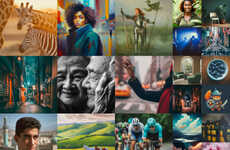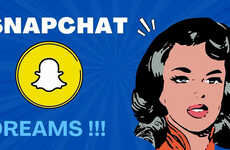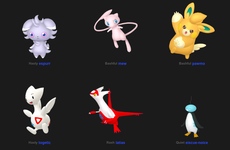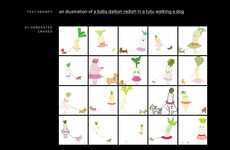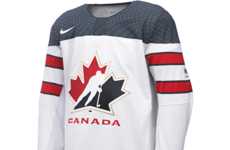
A Researcher Used Google's 'Deep Dream' to Create New Pokemon
References: bohemia.hatenablog & fastcodesign
Google's 'Deep Dream' is a neural network: essentially a learning algorithm that can take some piece of information as input and create new interpretations based on what it already knows. In the case of Deep Dream, the program takes images as input and can output new interpretations of those images. Using that principle, a Japanese researcher who goes by Bohemia input the original 151 Pokemon characters into Deep Dream, and the output is bizarre.
The algorithm is still too primitive to be able to generate flawlessly designed characters that would be ready for their debut in Pokemon GO. Rather, Bohemia's project outputs vaguely Pokemon-looking designs that appear almost impressionistic, as if Pokemon had been an inspiration for Claude Monet. Nonetheless, this application of the Deep Dream algorithm is a fascinating combination of computer science and pop culture.
The algorithm is still too primitive to be able to generate flawlessly designed characters that would be ready for their debut in Pokemon GO. Rather, Bohemia's project outputs vaguely Pokemon-looking designs that appear almost impressionistic, as if Pokemon had been an inspiration for Claude Monet. Nonetheless, this application of the Deep Dream algorithm is a fascinating combination of computer science and pop culture.
Trend Themes
1. Neural Network Art - Application of neural networks in creating new artwork through interpretation of existing images.
2. AI-generated Design - Using artificial intelligence to design new products and improve existing designs.
3. Pop Culture AI Interpretation - Using neural networks to create unique interpretations of pop culture icons and figures.
Industry Implications
1. Art - Incorporating neural networks in the artistic process to create new and unique artwork.
2. Design - Integrating AI in the design process to develop new products and improve existing designs.
3. Entertainment - Using AI to create novel interpretations of pop culture figures and characters in the entertainment industry.
2.6
Score
Popularity
Activity
Freshness

